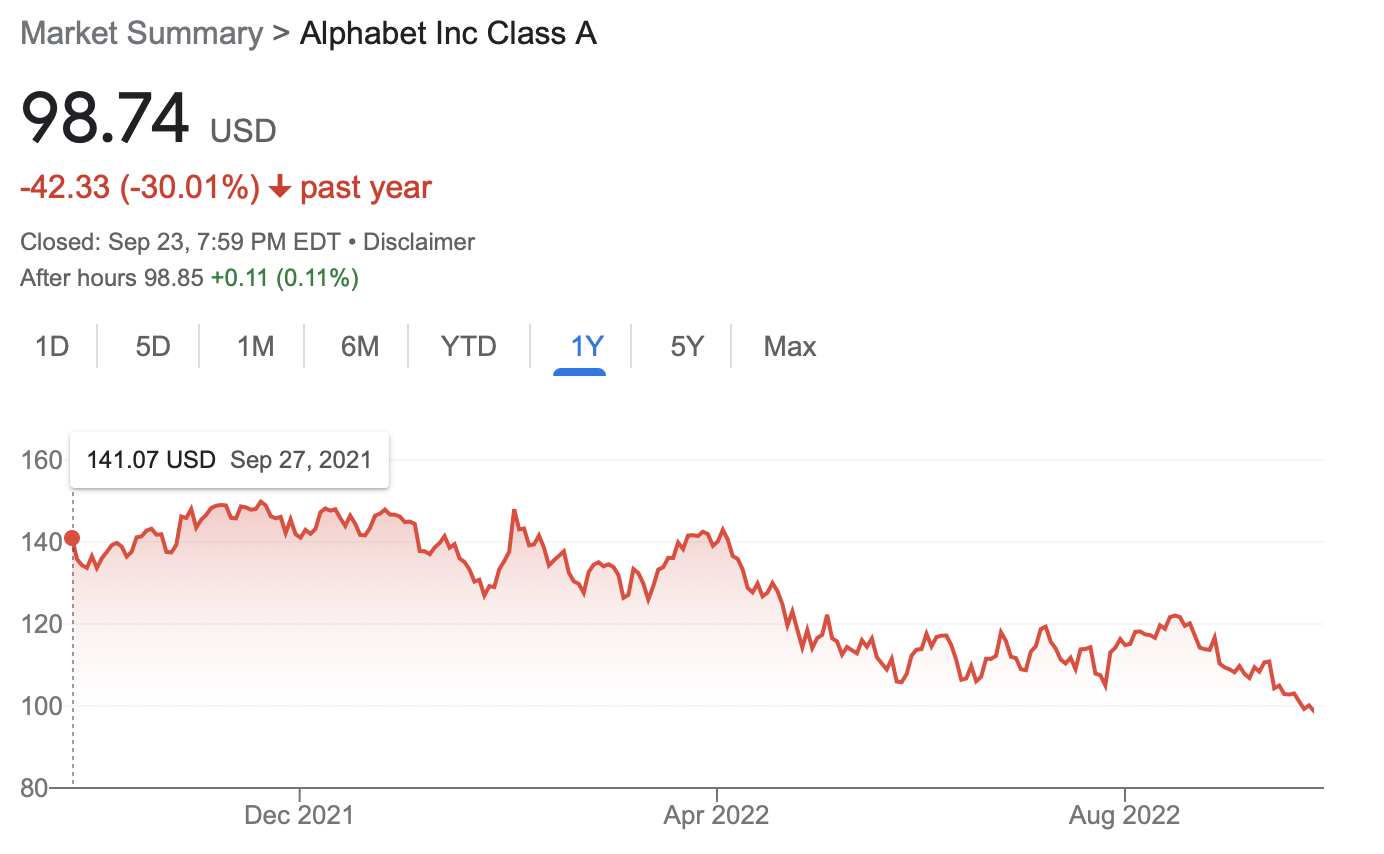Lecture 22: Intro to Dynamic Programming
COSC 311 Algorithms, Fall 2022
Announcements
- ‘22E Honors Thesis talks Today!
- 4-5pm in SCCE A131
-
Courses Next Semester
- 225 Algorithms and Visualization
- 273 Parallel and Distributed Computing
Overview
- Memoization
- Profit Maximization, Revisited
So Far
Algorithmic Paradigms
-
Divide and Conquer
-
Greedy
And now…
Dynamic Programming
Features of Dynamic Programming
- Break problem into smaller sub-problems
- Iterate over sub-problems to produce solution
Compare to divide and conquer:
- Break problem into smaller sub-problems
- Recursively solve sub-problems
- Combine solutions
Issues with Recursion
Recall the Fibonacci Sequence:
- $1, 1, 2, 3, 5, 8, 13, 21, 34, 55, \ldots$
Defined by:
- $f(1) = f(2) = 1$
- for $n > 2$, $f(n) = f(n-1) + f(n-2)$
Recursive code:
Fib(n):
if n <= 2 then return 1
return Fib(n-1) + Fib(n-2)
What is Running Time?
Fib(n):
if n <= 2 then return 1
return Fib(n-1) + Fib(n-2)
Redundant Recursive Calls
Recursive subproblems overlap
Memoization
Recursing without recursion
- store results of recursive calls
- iterate over results rather than making recursive calls
- compute results “bottom up” rather than “top down”
- iterate over stored values to compute “next” value
How to do for Fibonacci?
Memoized Fibonacci
MFib(n):
a <- array of size n
a[1] <- 1
a[2] <- 1
for each index i from 3 to n do
a[i] <- a[i-1] + a[i-2]
endfor
return a[n]
Running Time?
MFib(n):
a <- array of size n
a[1] <- 1
a[2] <- 1
for each index i from 3 to n do
a[i] <- a[i-1] + a[i-2]
endfor
return a[n]
The Moral
With memoization, we converted
- recursive procedure
- many redundant recursive calls
- running time $\Omega(2^{n/2})$
into
- iterative procedure
- running time $O(n)$
Profit Maximization
Recall: Profit Maximization

Goal. Pick day $b$ to buy and day $s$ to sell to maximize profit.
Formalizing the Problem
Input. Array $a$ of size $n$
- $a[i] = $ price of Alphabet stock on day $i$
Output. Indices $b$ (buy) and $s$ (sell) with $1 \leq b \leq s \leq n$ that maximize profit
- $p = a[s] - a[b]$
Divide and Conquer Algorithm
MaxProfit(a, i, j):
if j - i = 1 then return 0
m <- (i + j) / 2
left <- MaxProfit(a, i, m)
right <- MaxProfit(a, m, j)
min <- FindMin(a, i, m)
max <- FindMax(a, m, j)
return Max(left, right, max - min)
Running time?
Another (Recursive) Procedure?
- consider last day, $n$
- two cases for optimal solution:
- max profit achieved by selling on day $n$
- max profit achieved by selling before day $n$
Questions.
-
In case 1, how should we determine buy date?
-
In case 2, how should we compute max profit?
Recursive Procedure
MaxProfit(a, n):
if n = 1 then return 0
min <- FindMin(a, n)
max <- MaxProfit(a, n-1)
return max(a[n] - min, max)
Running time?
Questions
-
What makes
MaxProfitinefficient? -
What part(s) of the procedure can be memoized?
Memoizing MaxProfit
Create two arrays:
-
min[i]stores minimum value ina[1..i] -
max[i]stores maximum profit achievable by selling up to timei
Question. How to update these arrays?
Example
Memoized Maximum Profit
MMaxProfit(a):
initialize arrays min, max
min[1] <- a[1]
max[1] <- 0
for i from 2 to n do
min[i] <- Min(min[i-1], a[i])
max[i] <- Max(max[i-1], a[i] - min[i])
endfor
return max[n]
Correctness
Induction on $n$…
Running Time?
MMaxProfit(a):
initialize arrays min, max
min[1] <- a[1]
max[1] <- 0
for i from 2 to n do
min[i] <- Min(min[i-1], a[i])
max[i] <- Max(max[i-1], a[i] - min[i])
endfor
return max[n]
Optimization
Can do without arrays for min and max
MMaxProfit(a):
min <- a[1]
max <- 0
for i from 2 to n do
min <- Min(min, a[i])
max <- Max(max, a[i] - min)
endfor
return max[n]
Exercise
Update MMaxProfit to return the buy/sell days in addition to the maximum achievable profit.
Next Time
- weighted interval scheduling
- much more!